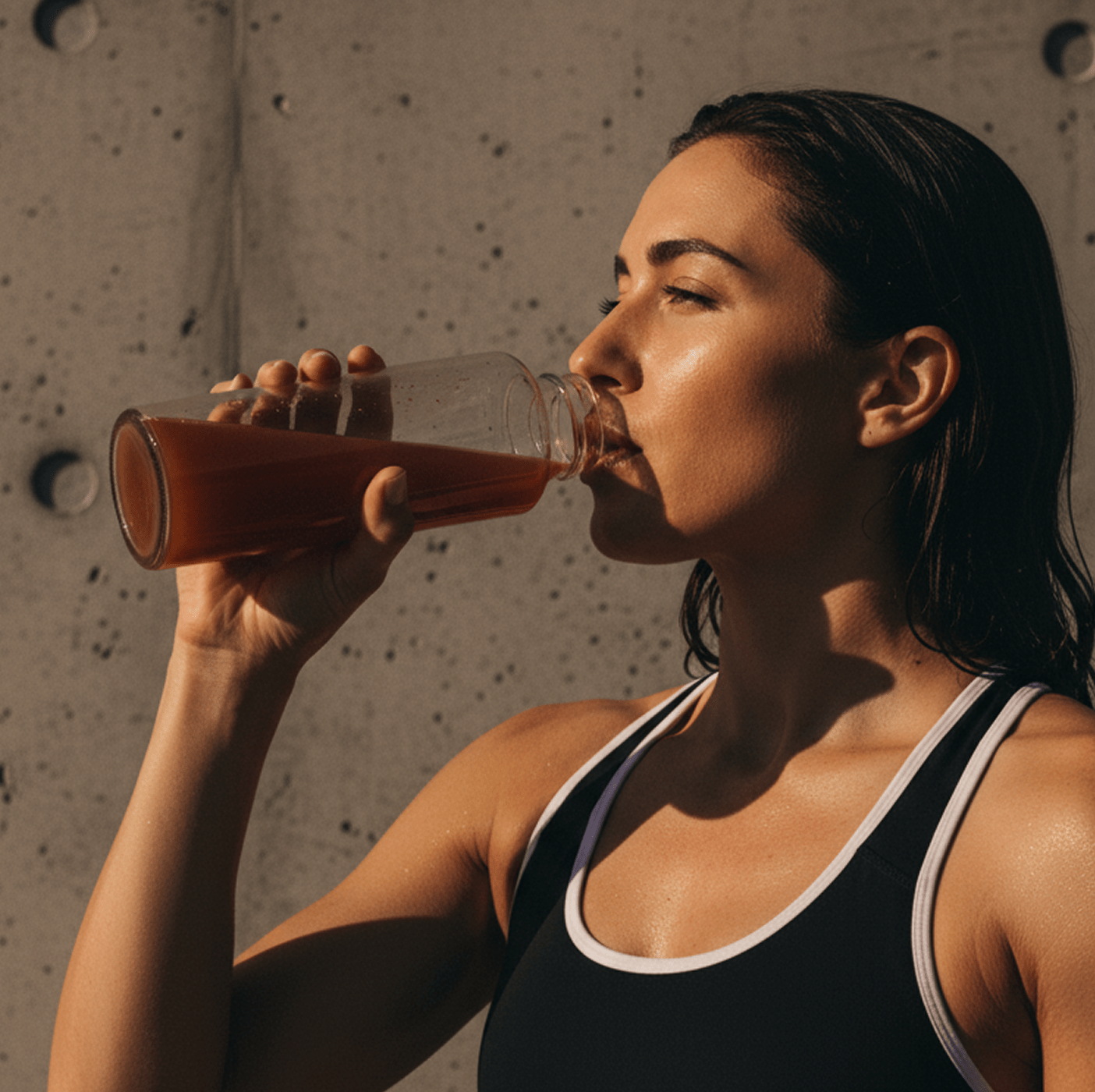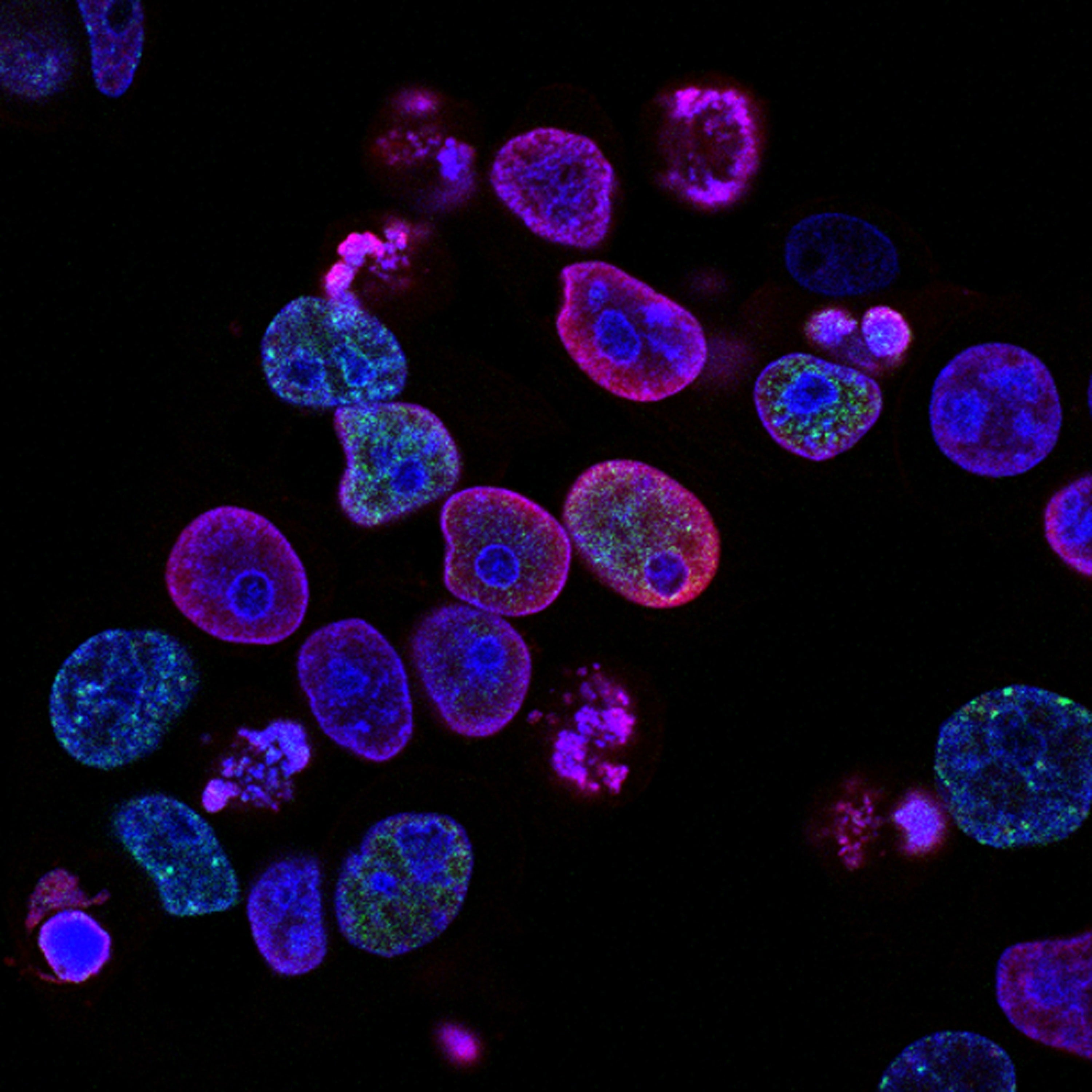So why do I tend to advise patients to get out in the sunshine and supplement to optimise their vitamin D levels? Because we’re often low in it! The main reasons? We don’t go out in the sunshine enough, we often block the sun either from clothing or suncream, or moisturisers with factor in them, or we have darker skin, along with the fact that vitamin D is found in only small amounts in our diet.
Unlike the other essential vitamins and minerals, we can’t rely on diet alone to supply us with enough vitamin D.
The best sources by far are the fatty skin of oily fish like salmon, mackerel and trout but the skin is seldom eaten (and actually neither is fatty fish, despite us living on an island surround by them!). Other food sources include egg yolks and liver. But they only supply a small amount, around 10% RDA per egg yolk or portion of liver. And if you’re vegan you have to rely on vegetables which have even lower levels than animal sources (mushrooms grown under UV light is the best source). Vitamin D is also a fat soluble vitamin (you need to have fat with it for the body to digest it) which explains why fatty foods are some of the highest food sources. Therefore, it’s important to eat vegan vitamin D sources with some fat to make sure it’s digested efficiently.
According to the most recent Nutrition and Diet Lifestyle Survey conducted by Public Health England, UK intake levels are low. During January-March almost a third of adults aged 19 to 64 years (29%) and 27% of adults aged 65 years and over, had a serum vitamin D concentration below the deficiency level of 25nmol/L (1). The current RDA for vitamin D in the UK is 400iu or 10microgramms (or ug) per day for everyone in the general population aged 4 years and older to protect musculoskeletal health, whereas the European EFSA equivalent recommends 15 micrograms per day (2). Remember RDAs are based on avoiding deficiency not necessarily to optimise health. But even with such low RDA levels almost a third of the UK population struggles to reach above the deficiency level.
As a fat soluble vitamin, Vitamin D is well stored in the body from the summer months BUT you need a good enough exposure in order to supply the body with enough for the winter months which is why, aside from low vitamin D sources in our diet, us Brits are often low in it. There’s research that shows that sun exposure at latitudes of 33 degrees north or below 33 degrees south is insufficient for the production of vitamin D3 and that certain times of day and year also affect vitamin D absorption through the skin thus increasing deficiency in northern hemisphere climates further, another problem for us Brits (2).
As we now spend more time inside and have high factor moisturiser and other skin products (and rightly so as skin cancer is something to be mindful of) the ability of vitamin D to be synthesised via the skin is reduced. If you have darker skin then this is something to be mindful of too. You can get a simple vitamin D test through your GP to assess if you need to supplement and at what dosage. But most GPS would say we’re deficient.
So there’s a combination of factors leading to low vitamin D levels. Low intake of sources of food relatively high in vitamin D (and if you’re vegan this will be exacerbated as best sources are from animal sources), along with the UK being a northern hemisphere country, lack of exposure, darker skin tone and blocked skin to sunshine all play a part.
- https://www.gov.uk/government/collections/national-diet-and-nutrition-survey
- https://www.gov.uk/government/publications/sacn-vitamin-d-and-health-report
- https://academic.oup.com/jcem/article/96/7/1911/2833671







Leave a comment
All comments are moderated before being published.
This site is protected by hCaptcha and the hCaptcha Privacy Policy and Terms of Service apply.